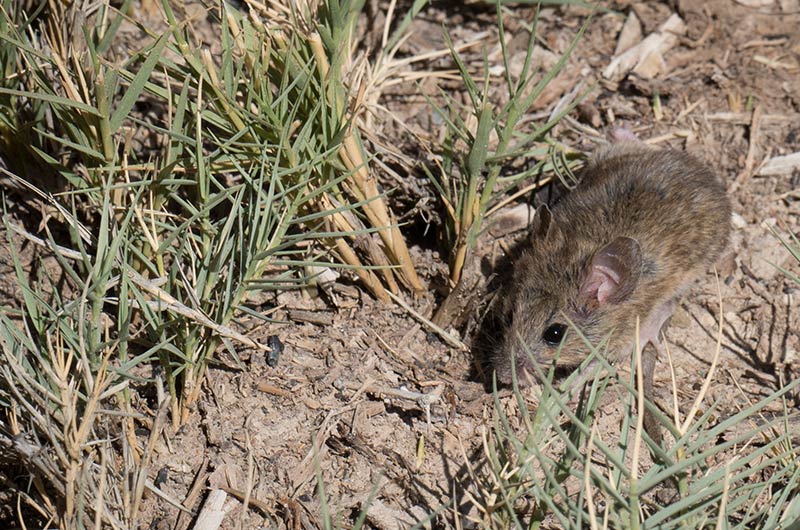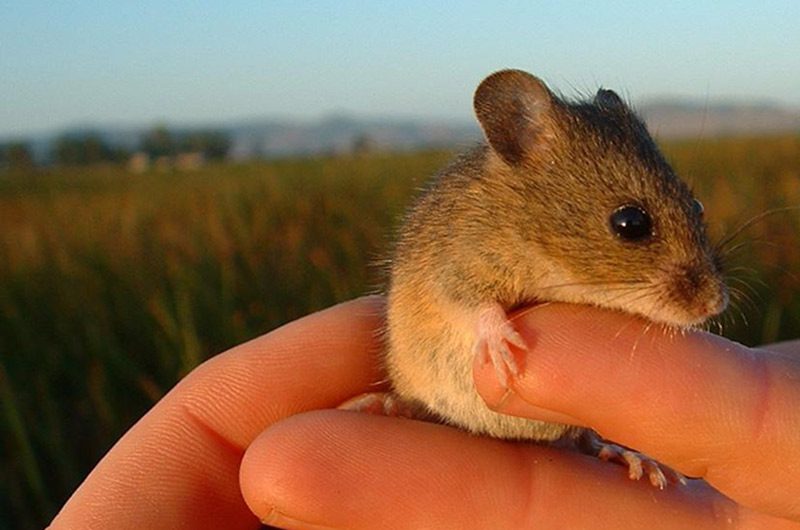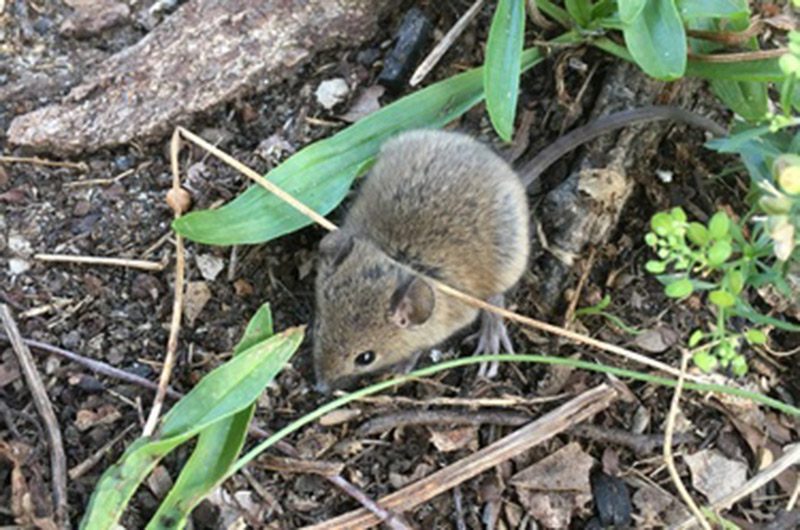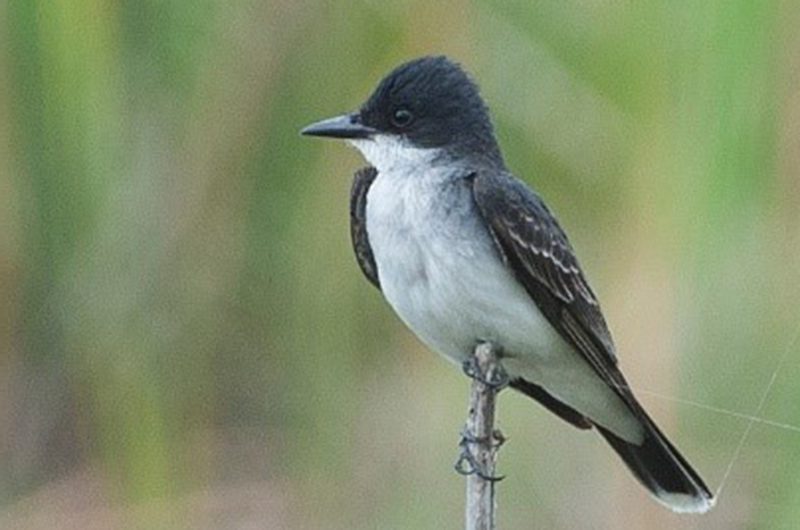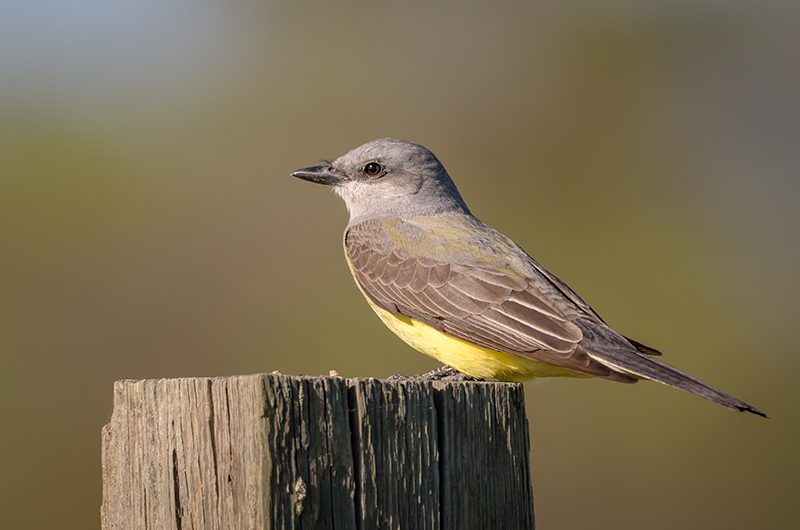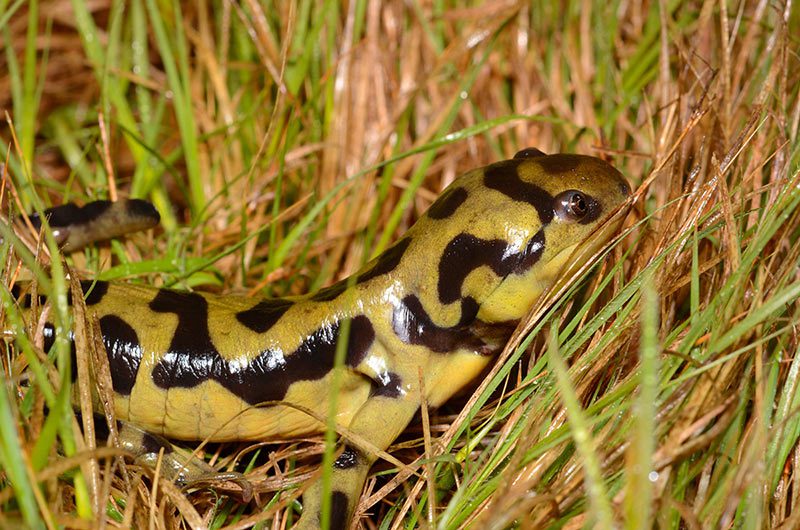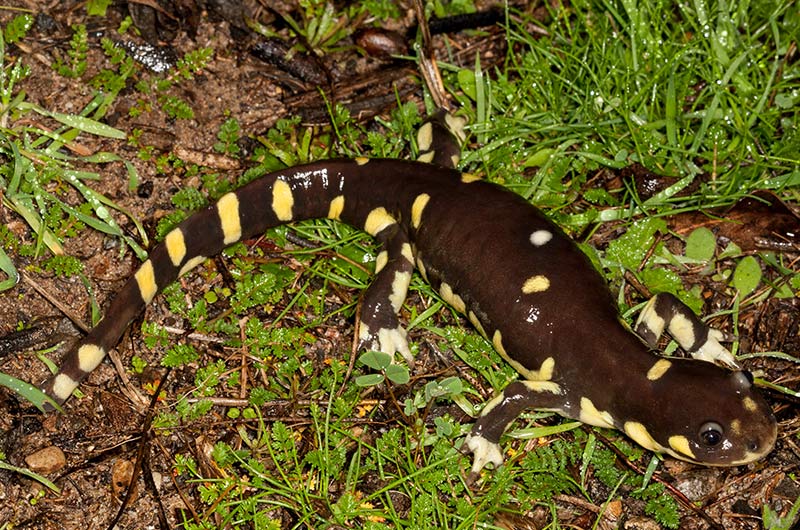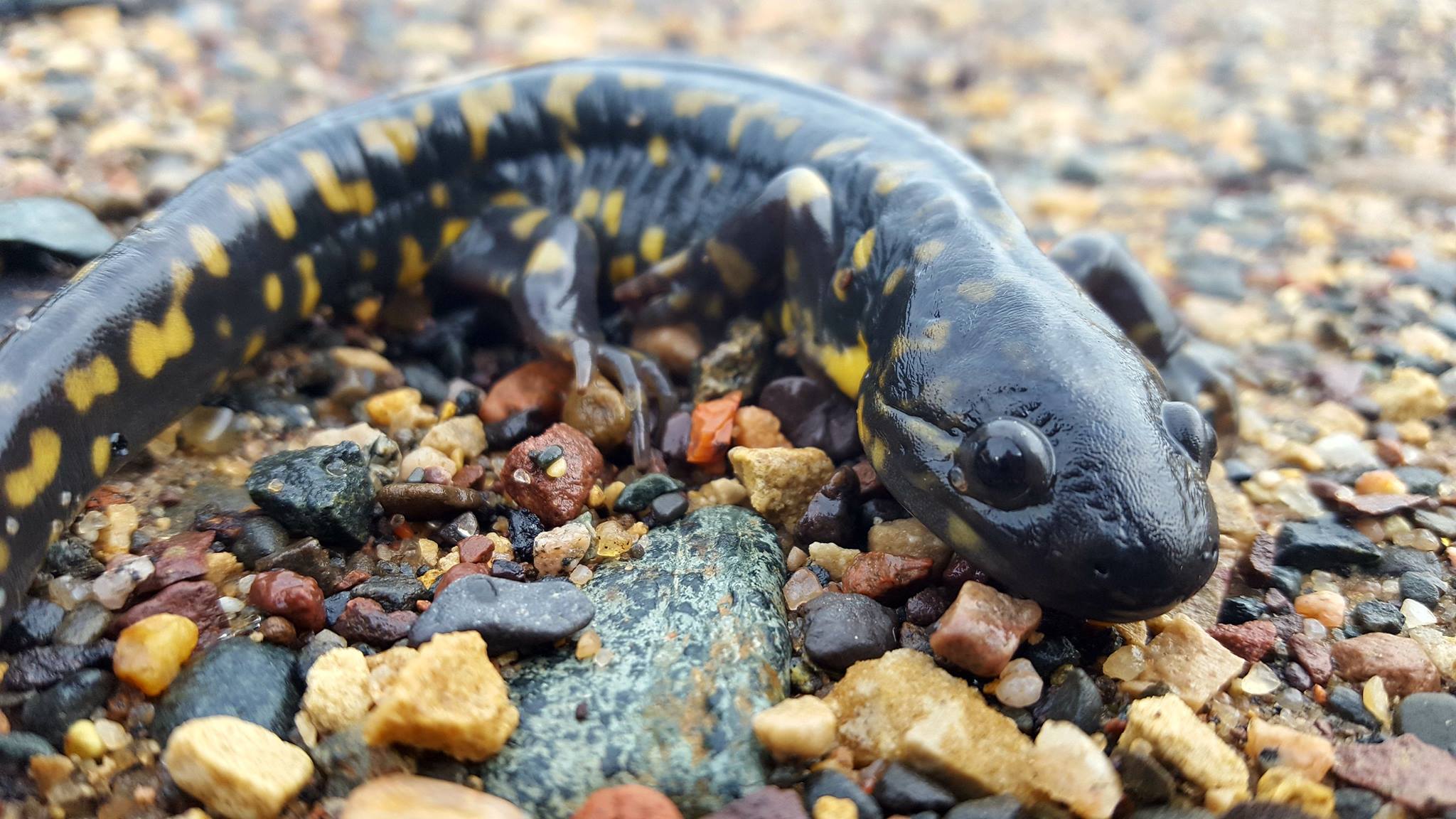LandPKS Learning
Habitat Hub
Factsheets and other helpful resources about the wildlife species living on your land (US only)
Western Harvest Mouse
Western harvest mice are active year-round and produce multiple litters each year. One captive female produced seven litters totally 17 young in one year.
Read moreSalt Marsh Harvest Mouse
The salt marsh harvest mouse is well suited to tidal salt marshes as they can withstand high levels of salt in their food and water as well as having a strong ability to swim and climb.
Read morePlains Harvest Mouse
A plains harvest mouse in captivity gave birth at least four times in one year. Young mice are sexually mature at two months. Nests are composed of fine grasses compacted into small balls approximately 4 x 3 in/10 x 6 cm in bunchgrasses close to or on the ground.
Read moreEastern Harvest Mouse
Eastern harvest mice breed nearly year-round with peak in spring. They become sexually mature at 2-4 months.
Read moreFulvous Harvest Mouse
Fulvous harvest mice nests are usually built 1-3 ft/30-91 cm above the ground often in bushes. These nests can be converted bird nests or created by fulvous harvest mice. The baseball-sized nests are composed of shredded grass and forb stems with one opening.
Read moreEastern Kingbird
The eastern kingbird lives a double life each year. They eat mostly flying insects during the breeding season and aggressively defend their nest and territory from other kingbirds and much larger birds, like hawks and crows. However, during the winter, the eastern kingbird eats mostly fruit and lives in a flock of other birds.
Read moreWestern Kingbird
The western kingbird’s breeding range has expanded eastward since the late 1800s because human activity has provided habitat. The planting of trees and installation of utility poles in the prairie provides places for the birds to perch and hunt insects and also nest. In areas where forests have been cleared, the birds have more open habitats suitable for foraging for insects. Although known as the “western” kingbird, this species also often wanders to the East Coast during fall migration.
Read moreWestern Tiger Salamander
Some tiger salamander larvae become cannibalistic and prey on their own kind for survival. Additionally, not all larvae metamorphose into tiger salamander adults. Instead, they remain aquatic over winter and become capable of producing offspring.
Read moreCalifornia Tiger Salamander
California tiger salamander was historically found across the Central Valley. Recently it was found on San Francisco Peninsula. While it is still found in Sonoma County, this population is geographically separated from the closest populations to the south by 45 mi/72 km.
Read moreEastern Tiger Salamander
Tiger salamanders can live up to 14 years and grow 12 in/30cm, double the average size. When too many eggs are laid in a body of water, hatchlings can turn cannibalistic as a method of survival.
Read more
Mobile App | Data Portal | Knowledge Hub | Habitat Hub | Learning Collections | Blog | About | Contact | Support

